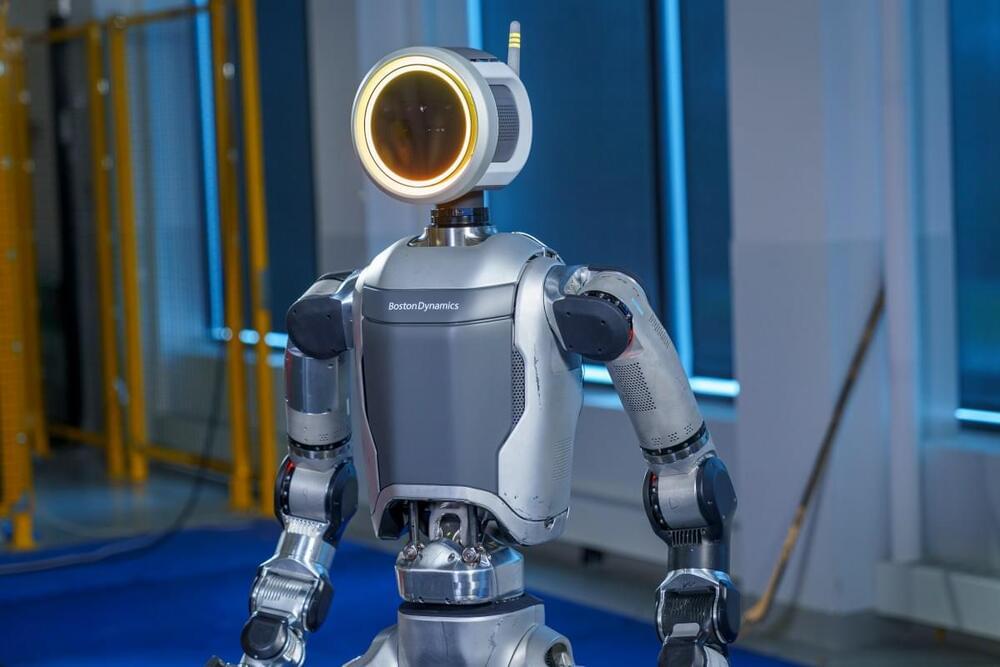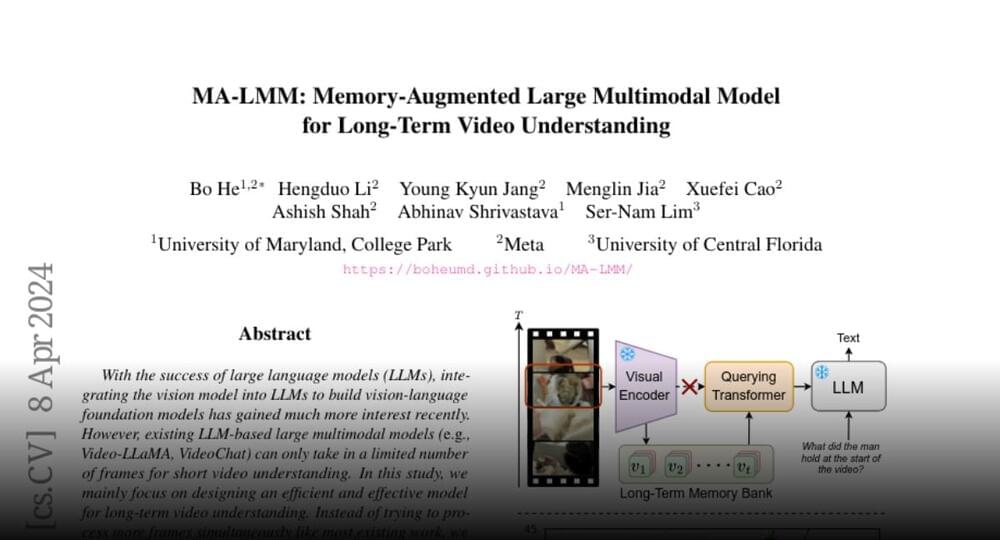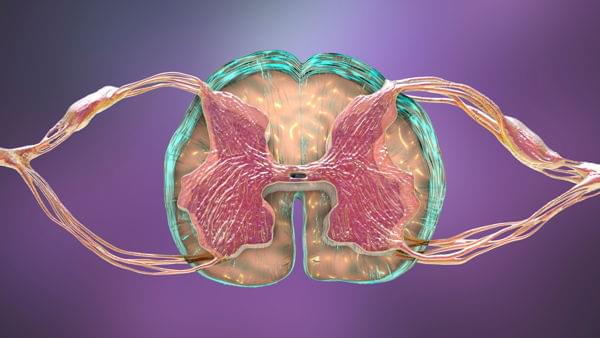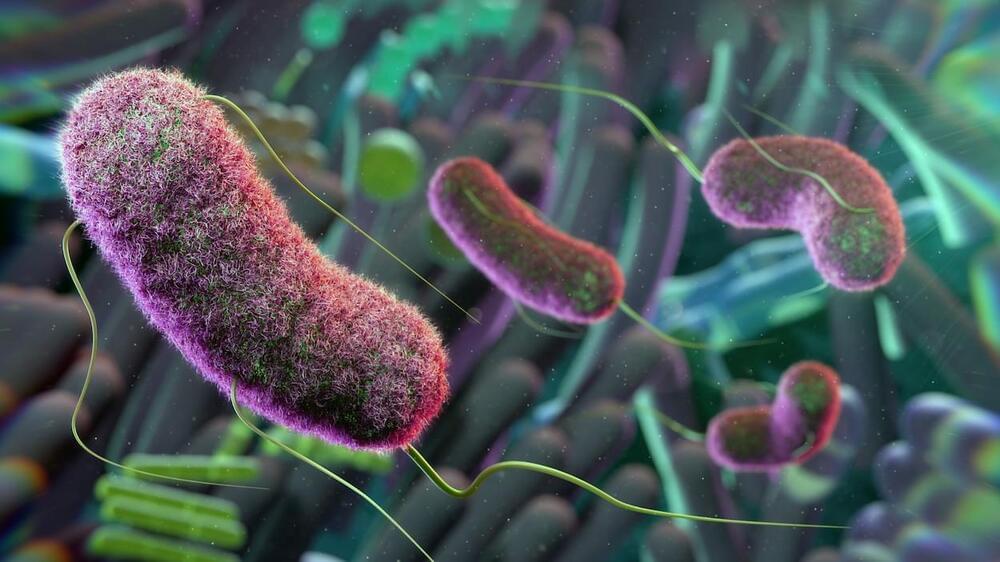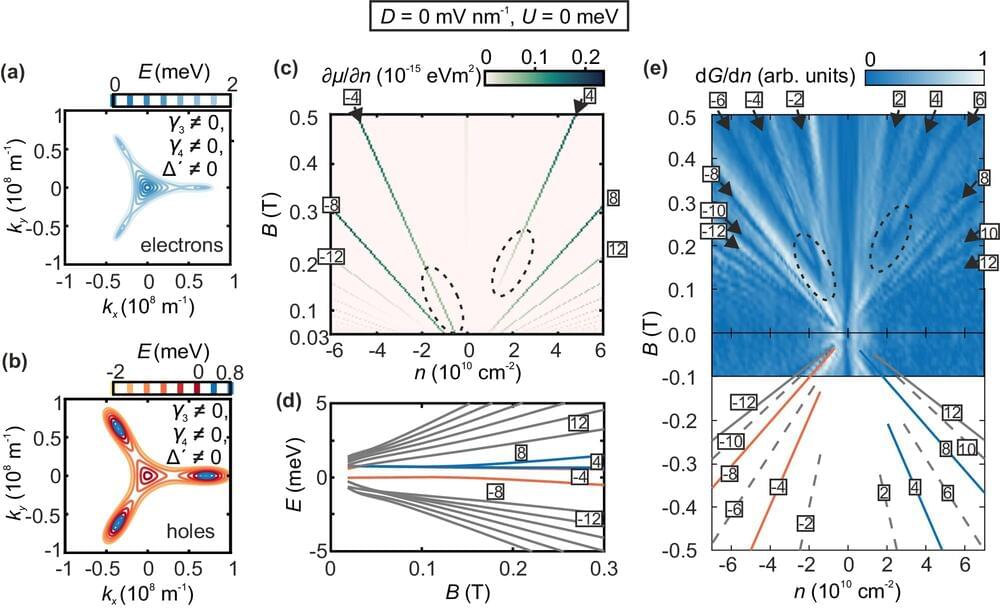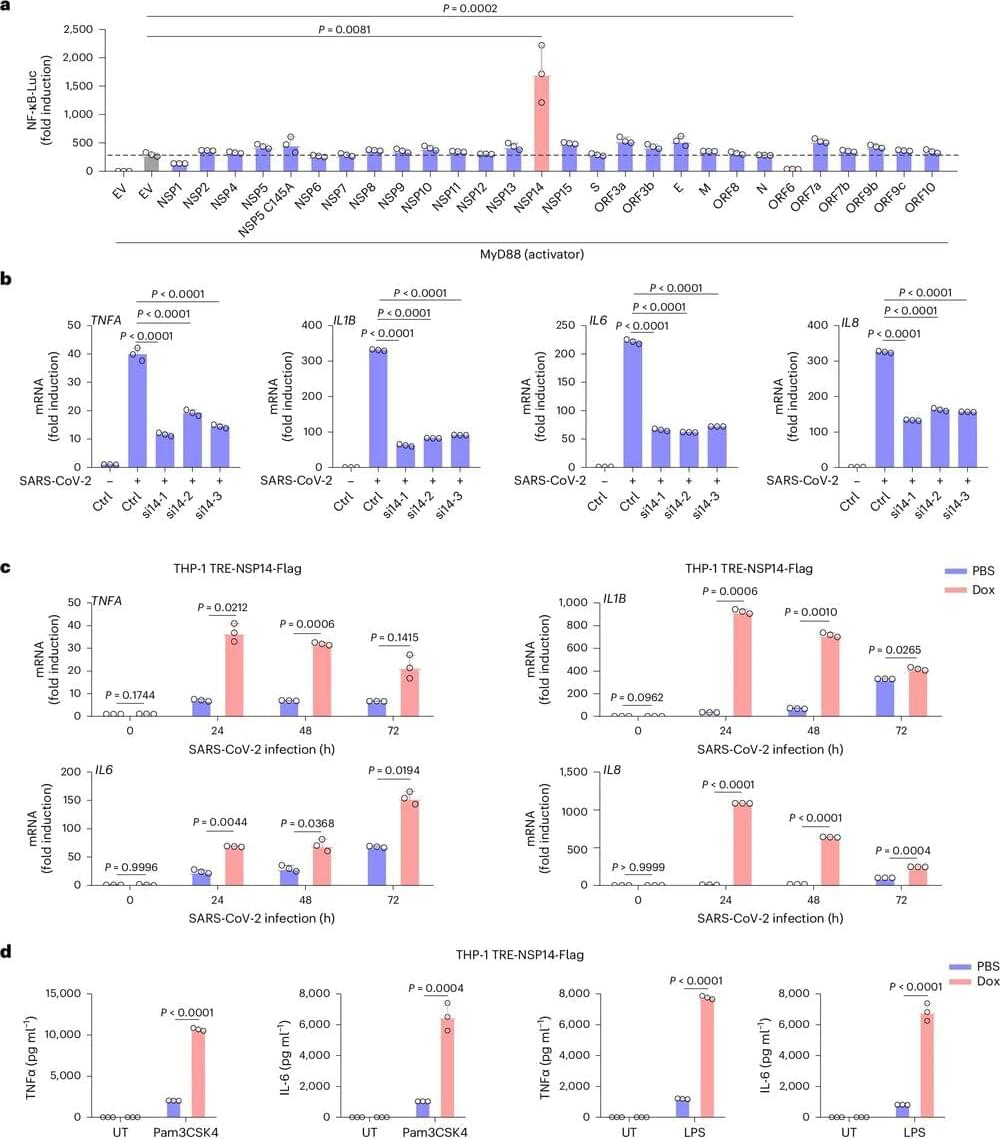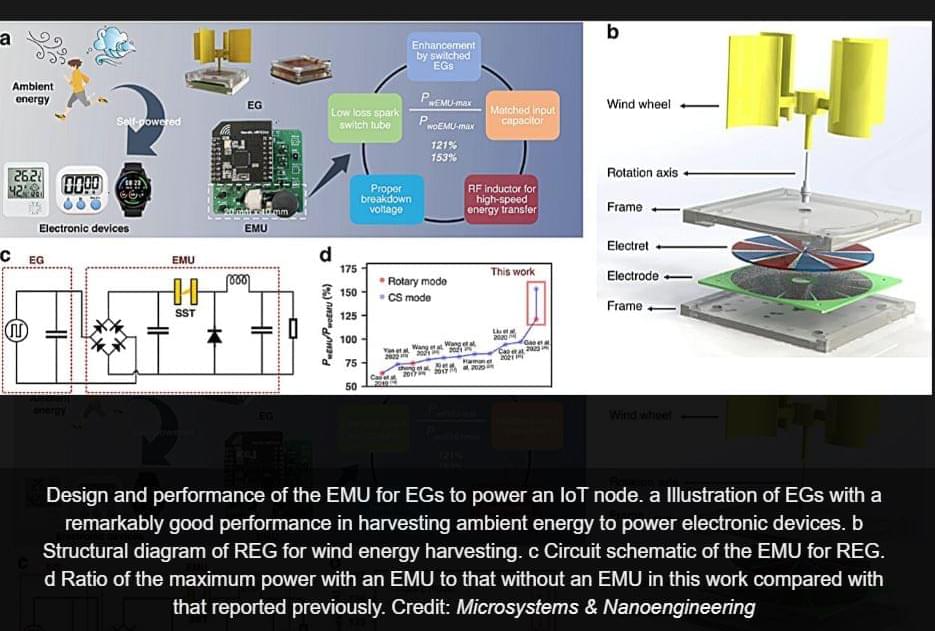Apr 17, 2024
Boston Dynamics’ Atlas humanoid robot goes electric
Posted by Kelvin Dafiaghor in category: robotics/AI
Atlas lies motionless in a prone position atop interlocking gym mats. The only soundtrack is the whirring of an electric motor. It’s not quiet, exactly, but it’s nothing compared to the hydraulic jerks of its ancestors.
As the camera pans around the robot’s back, its legs bend at the knees. It’s a natural movement, at first, before crossing into an uncanny realm, like something out of a Sam Raimi movie. The robot, which appeared to be lying on its back, has effectively switched positions with this clever bit of leg rotation.
Continue reading “Boston Dynamics’ Atlas humanoid robot goes electric” »
